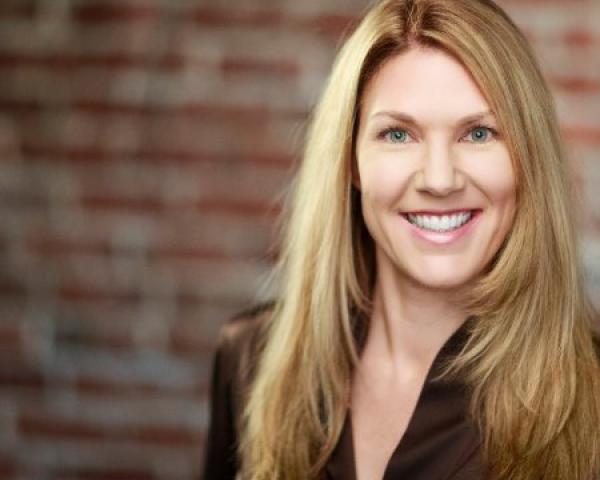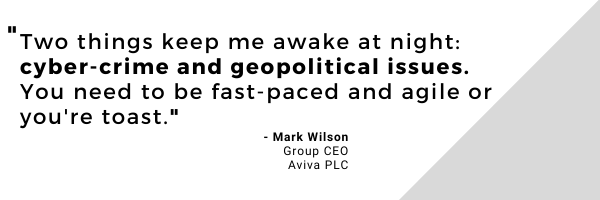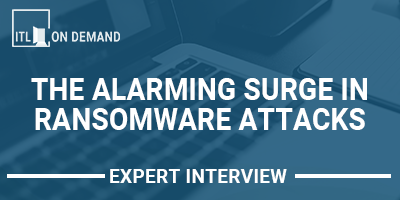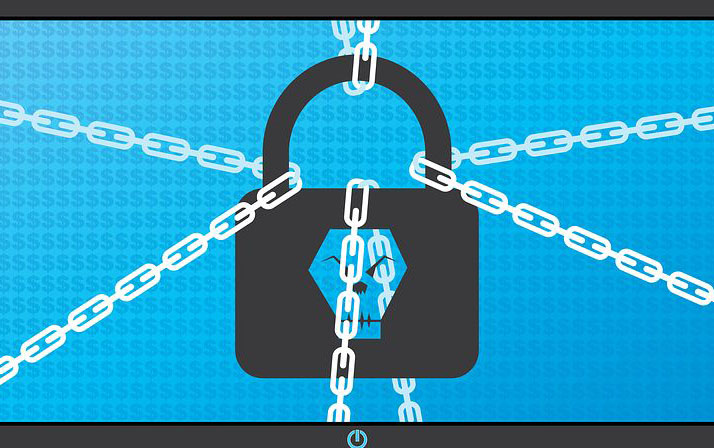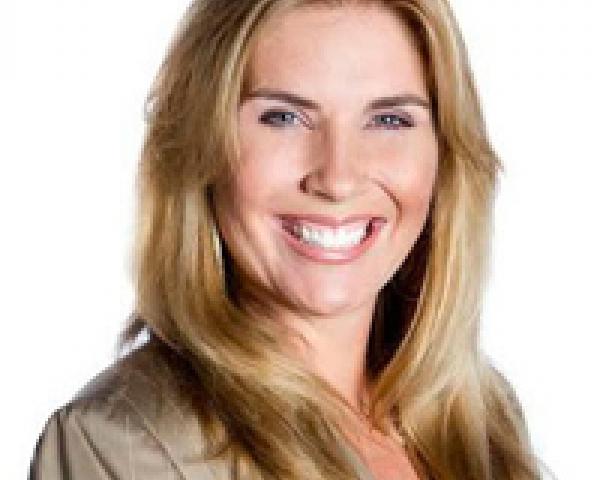Steve Jobs gets a lot of credit for re-imagining computing, for making us mobile and for putting technology in our hands that has changed the way we communicate, do business, purchase products — and so much more. But he had some help from things like the availability of increasingly powerful data storage options and more widespread internet connectivity. Jobs’ leaps and bounds are often the outlier. In general, adversity is more often the catalyst for dramatic change.
Prior to the ongoing COVID-19 pandemic, the insurance industry was working hard to overcome the perception of being antiquated and out-of-touch. Now, the challenges presented by a global health and economic crisis have insurance organizations scrambling to fully support a monumental shift in customer risk needs, demands and expectations.
But, remember: Out of adversity comes innovation and invention. For insurers willing to adopt a new mindset and leverage the latest technologies as a way of adapting to market changes, the global recovery that is underway is an opportunity. Insurers can come out of the pandemic stronger and more able to meet new customer expectations and global demands, and ultimately, to accelerate growth.
Unfortunately, change is rarely easy.
At a foundational level, there are operational and technology changes needed to enable insurers to match the pace of future business and succeed in this new era of insurance. And, as the insurance industry continues to evolve, it is important that leaders have the courage to embrace the opportunity that comes with disruption in terms of product innovation, distribution redefinition and new technology foundation.
Product innovation
The last decade has seen shifts in lifestyles, workplace trends and entrepreneurship. New businesses driven by technology — such as online groceries, drone-based businesses and services businesses underpinned by IoT — have cropped up. We have also seen new economies emerge, such as the gig and sharing economies.
Today, there are more small businesses than ever before, more women starting businesses and more people working from home. Expectations are also different. Policyholders demand more transparency into premium calculation or risk assessment; self-service options for bill payment, policy documents and claim status; and an ability to affect premiums through behavior modifications. These changes mean both individuals and businesses are carrying new or existing risk in different ways. Subsequently, true product innovation can no longer wait. The move toward more personalized, on-demand, usage-based insurance (UBI) products is happening across all lines of business, but especially in property and casualty (P&C) insurance, as a way of accommodating and supporting the evolving business landscape.
Distribution redefinition
While many commercial policyholders will still purchase coverage from an insurance agent or broker, the next generation of policyholders expects channel options. In addition to the agent/broker option, insurers today must offer: viable online or direct functionality via a dedicated portal; partnerships with managing general agencies (MGAs) that can cover new geographies quickly; and point-of-purchase, embedded or ecosystem plays through integration opportunities. It’s no longer just about convenience. It’s about awareness and matching the right coverage to the right policyholder, through the right channel, at the right time. Finding the mix of distribution channels that allows for speed-to-market, producer profitability and a greater degree of self-service is key for insurance executives redefining the distribution diagram.
See also: The Intersection of IoT and Ecosystems
New technology foundation
Investments in cloud and next-generation core systems, as well as emerging technologies will support new greenfield business models and insurance products and will accelerate innovation and growth in weeks versus months or years. New commercial coverages — such as those for cyber, cannabis and on-demand or UBI commercial auto — are born digital and are inherently flexible thanks to the nimble technology platforms on which they are built. As confidence in emerging technologies grows, enthusiasm for immediate adoption must be tempered by industry expertise that does not compromise regulatory compliance, privacy or the security of personally-identifiable information (PII).
Throughout history, there has been a strong relationship between disruption and opportunity — driven by innovation in business and technology. The COVID-19 pandemic, among other cultural, demographic and global pressures, is changing customer behaviors and business models and is creating demand for product innovation, distribution redefinition and new technology foundation. It follows that these demands create opportunities to make insurance better and more relevant through the innovative application of technology. But insurance leaders and organizations must be willing to think differently in order to make the most of this open window.





